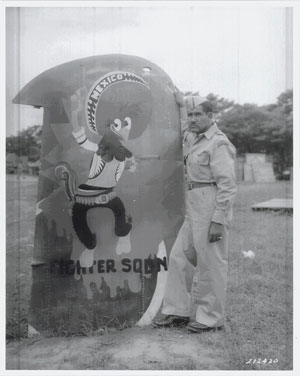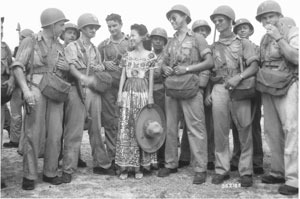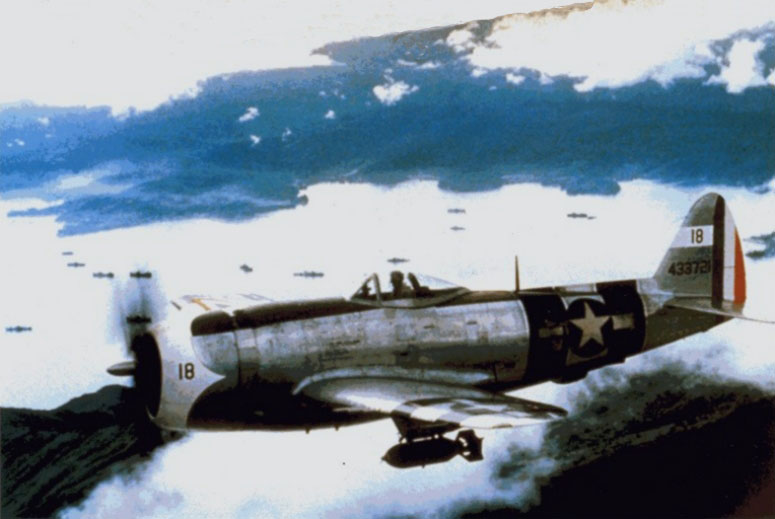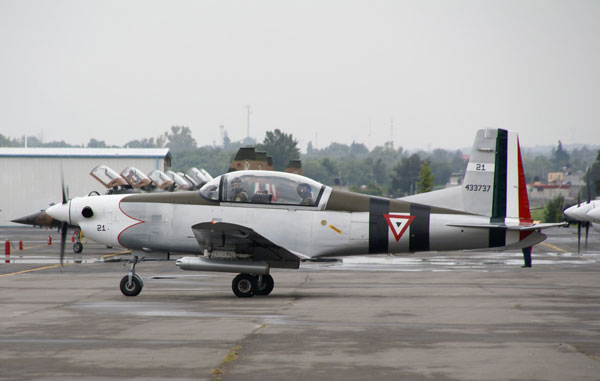Ever wonder about the military planes flying in formation over Cozumel? They are Swiss-manufactured Pilatus PC-7s and are part of the Mexican Air Force’s Squadron 201 stationed here on the island.

The squadron was originally formed as a P-47D fighter squadron in 1945 and was named the Fuerza Aérea Expedicionaria Mexicana (Mexican Expeditionary Air Force), but more commonly referred to as the Aguilas Aztecas, or “Aztec Eagles.” It was made up of 25 aircraft, 34 pilots, and almost 300 ground support crew. They were trained in the US at Randolph field in San Antonio, Texas, Foster Army Field in Victoria, Texas, Pocatello Airbase in Idaho, Majors Field in Greenville, Texas, and Camp Stoneman in Pittsburg, California, from the summer of 1944 until the end of February, 1945. During the training, three of the Mexican pilots crashed their planes and died. When the squadron graduated and was presented its battle flag, it marked the first time Mexican troops had trained for overseas combat.


The squadron was transported by ship to Manila in April, 1945, and was assigned to the Fifth Air Force, attached to the U.S. 58th Fighter Group, at Porac, Luzon, Philippines in May. The Aztec Eagles initially flew missions with the 310th Fighter Squadron, using borrowed U.S. aircraft. It finally got 25 new P-47D-30-RA aircraft in July, bearing both the US and Mexican insignias.

During their six month stay in the combat zone, the Aztec Eagles flew more than 90 missions, during which five pilots died (one was shot down by anti-aircraft fire, one crashed, and three others ran out of fuel and crashed into the sea). Though the 201st never was able to shoot down an enemy plane during those 90 missions, a group of their ground-crew looking for firewood for the camp did capture two Japanese soldiers.
Due to the diminished number of pilots, the short-handed squadron was no longer able to perform as needed and returned to Mexico in November, 1945. In December, the 1945 the Fuerza Aérea Expedicionaria Mexicana was disbanded and the squadron 201 was assigned to the air station in Bajadas, Veracruz. Later, in 1947 it was relocated to Mexico City. Finally, in 1954, squadron 201 was moved permanently to its present air station as part of the 2nd Air Group on the FAM airbase on Cozumel, where they now fly Pilatus PC-7 Turbo Trainers.


Mexico has 88 of these PC-7s. In 1994, several Mexican Air Force PC-7s (two of them from Squadron 201) equipped with missiles and machine-guns were used to attack the Zapatista Army of National Liberation during the Chiapas conflict in Mexico. This action was considered illegal by the Swiss government, since the airplanes were sold for training purposes only. Because of this breach of contract, Switzerland issued a ban on selling any more planes to Mexico in the future.
Copyright 2012, Ric Hajovsky
